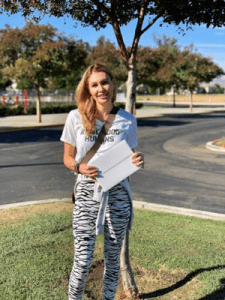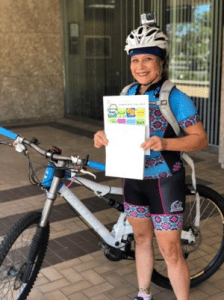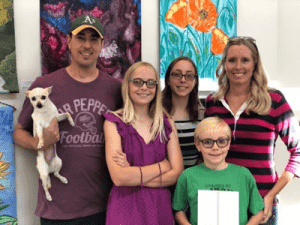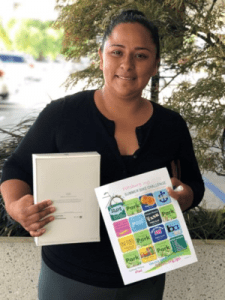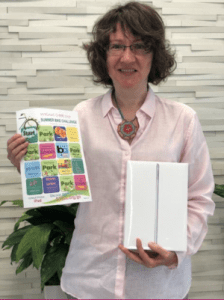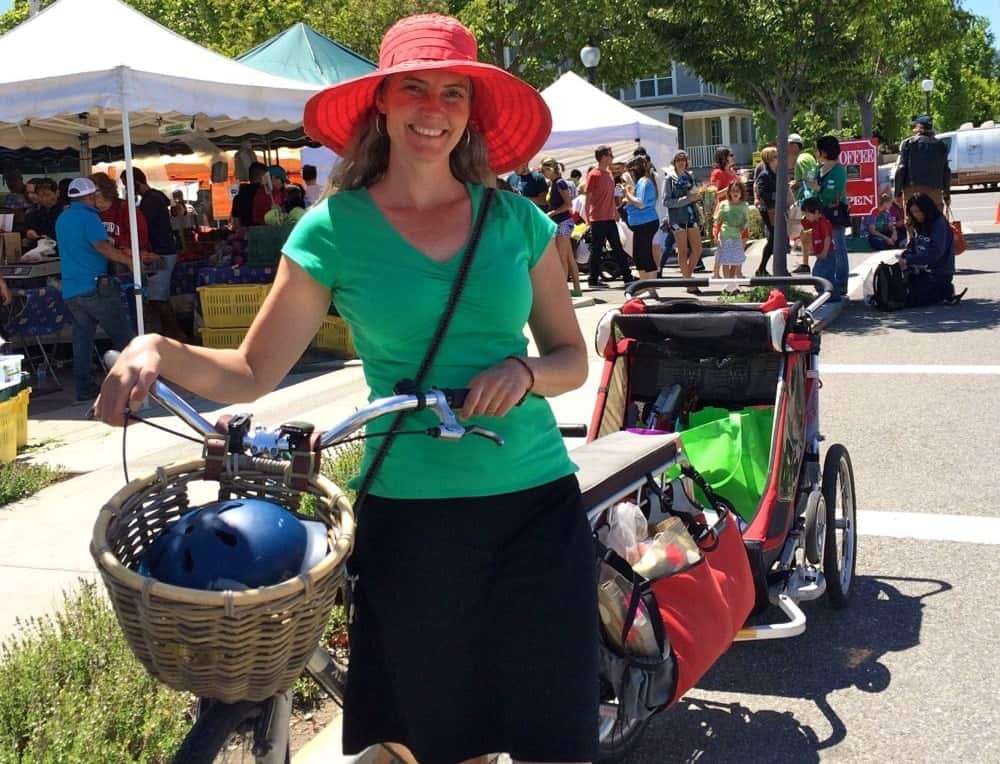
When you’re headed somewhere and have stuff to carry, it might be second nature to drive instead of ride your bicycle. However, you can carry more with your bike than you might think. In this post, we’ll run through some options to help you transport more by bike, opening up opportunities to ride more and drive less.
Note: Bike East Bay regularly offers a class called Carrying Things by Bike, so if you’re interested in learning about this subject from an instructor, check their events calendar.
Transporting Things with a Standard Bicycle
When carrying things by bike, it’s generally more efficient to let the frame of the bike take the weight than to carry it on your body. For smaller or lighter loads a lumbar pack or backpack can be useful, but if you’re dealing with heavier or bulkier loads, here are some options:
Bike-mounted Bags: When considering a bag that mounts to your bike frame, seat, or handlebars, think about how quickly you’ll need access to it and how much space you require. Your three options are handlebar bags, seat bags, and frame bags. Handlebar bags are the best option for quick access.

Baskets: Adding a basket to your bike is a lot like adding a trunk, but you can put one on the front or the back. Rear baskets almost exclusively require a rear rack. Being rack-mounted allows rear baskets to carry heavier loads without affecting your bike’s handling. Front baskets are handy, but if you’re carrying more than 15 pounds the weight could bog down the bike’s handling, making a rear basket a better option. If you suspect some of your cargo might bounce around or fly out of your basket, you’ll also want to think about purchasing bungee cords or a bungee net.

Racks: There are both front and rear racks. With a rear rack, you’re better able to attach panniers or secure crates or cargo to the top of them, which gives them better carrying capacity than front racks. Most rear racks are designed to carry at least 40 pounds. Where rear racks have one basic design, front racks come in a variety of shapes and sizes, allowing you to choose the design that best suits your needs – from a rack that can carry panniers to a platform you can strap cargo to. As for simple commuting, most people prefer a rear rack.

Panniers: Panniers are simply bags which mount to the side of a bike rack. They are often sold in pairs and come in a wide range of designs.

Trailers: There are bike trailers to carry just about everything, from pets, to kids, to cargo, and they have a number of advantages:
- Compared to what you can easily pack onto a bicycle, a trailer has a much larger carrying capacity. Trailers can often hold up to 100 pounds.
- Trailers can make it easier to carry irregularly shaped or bulky items which might be difficult or impossible to strap onto a bicycle.
- Trailers are typically waterproof or weatherproof.
- If there’s something you want to haul with a trailer (e.g. kayak) there’s a bike trailer out there that can handle it.
- If you don’t like your bike looking ‘cluttered’, a trailer helps you avoid having to install any racks. When you’re not using the trailer, you just detach it.
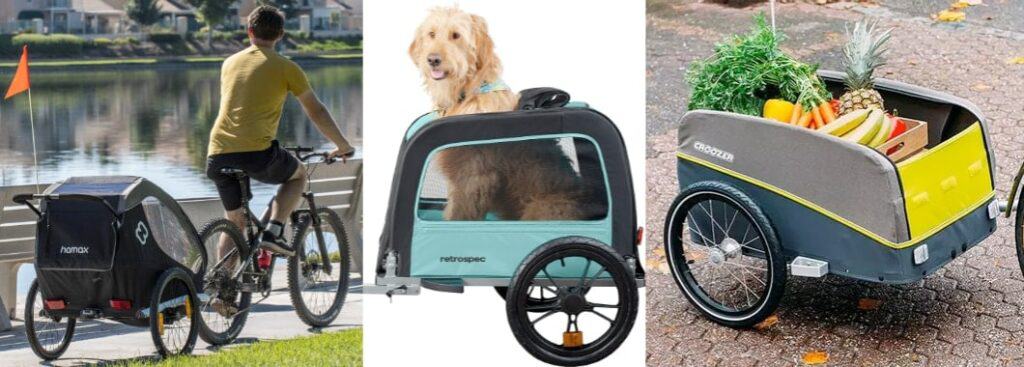
Cargo Bikes
Why Get a Cargo Bike: Although you can outfit your standard bicycle to replace your car for some trips, if you’re looking to swap out your car for most or all local trips, consider getting a cargo bike – especially if you’re planning on carrying passengers. Momentum Magazine provides a great explanation:
Cargo bikes… enable the transportation of many more pounds of goods than you could possibly carry on a regular bicycle, with much more economic and environmental efficiency than you get from a car. They’re your family vehicle, your work truck, your moving van, your party bus. They’re everything you would need a car for, but much more affordable, much more sustainable, and much more fun.
Momentum Magazine, “Cargo Bikes: A Complete Guide for the USA and Canada“
This isn’t an idle boast. With available accessories like removable child seats, passenger handlebars, cargo bags, and electric assist, a cargo bike can truly become whatever you need it to be. And if your needs change, you can easily adjust the bike’s setup to meet them.
Types of Cargo Bikes
While there are a variety of cargo bike designs, there are essentially three which are popular in the United States – longtails, Bakfiets (aka box bikes), and cargo tricycles.
Longtails have an extra-long wheelbase at the back, which accommodates an extended, built-in deck to carry cargo or children. Longtails typically come with panniers to hold cargo at the sides, have hooks for webbing to secure cargo on top, and have options for handles or backrests to transport children.
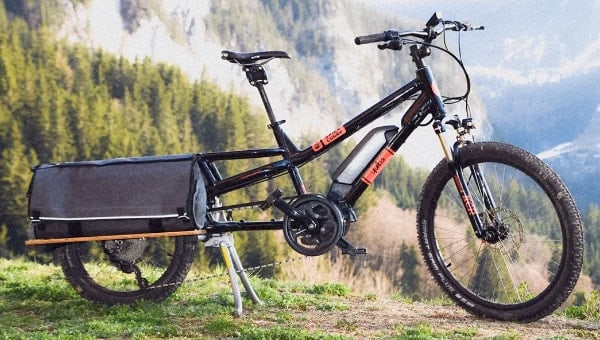
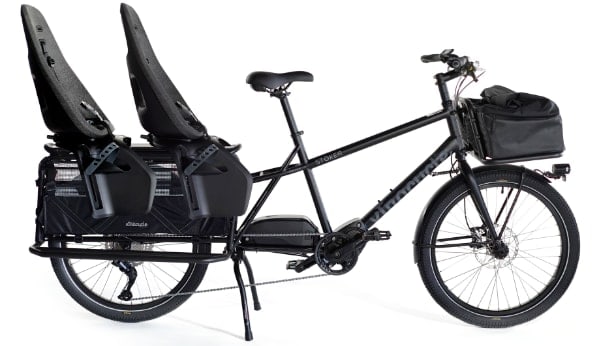

Bakfiets (or box bikes) have an extraordinarily long wheelbase at the front and a smaller front wheel, with the cargo area or an attached wooden basket sitting low to the ground between the handlebars and front wheel.

Cargo Tricycles usually feature an elongated frame with two wheels at the front or back for added stability, with a cargo platform, box, or seat between the two wheels. Although cargo tricycles are slowly gaining popularity in the United States, if you’ve encountered one it’s most likely been in the form of a pedicab.
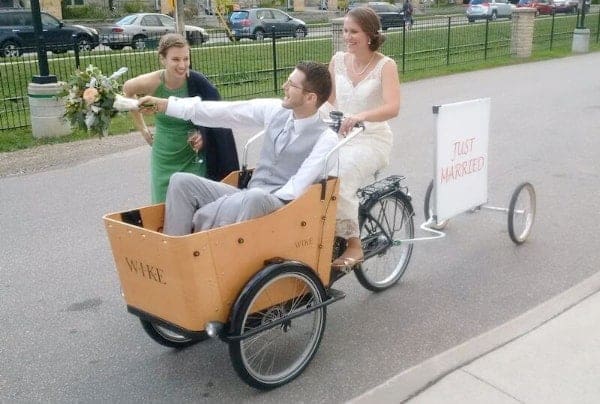
Bike definitions courtesy Momentum Magazine
Electrifying Your Cargo Bike
The beauty of a cargo bike is that you can load it up with people, groceries, and cargo and it can handle it. But you still have to do the pedaling. It’s important that you feel comfortable pedaling your cargo bike no matter how heavily it’s loaded, how far you’re going, or what the terrain is.
If you think you’ll sometimes need a boost while pedaling, electrifying your cargo bike is a simple, cost-effective solution. It’s so popular that most cargo bike companies offer electric pedal assist as a preinstalled option. If you already own a cargo bike, you can retrofit it with an electric pedal assist kit or have a bike shop do it for you.
While the price tag on an electric cargo bike is not low, it still costs dramatically less than owning a car.

Rebate for Electric Cargo Bikes
Contra Costa residents who purchase a new electric cargo bike are eligible for a rebate of up to $500 through 511 Contra Costa’s E-Bike Rebate program. Applying for the rebate is quick and easy. Learn more about the program.
Buying a Cargo Bike
If you’re thinking of buying a cargo bike, you’re likely going to do some online research. We can help get you started with Bicycling Magazine’s most recent Best Cargo Bikes review. It features brands like Rad Power Bikes, Tern, Xtracycle, Surly, Yuba, and Benno.
Test Ride Information
When it comes to finding a test ride for a specific brand of cargo bike, be aware that each brand does things a bit differently. Some brands (like Yuba) are sold through bike shops, while others (like Xtracycle and Rad Power Bikes) only offer test rides at their own locations. If you’re having trouble determining where you can find a test ride, visit the bike company’s website and contact customer support.
- Tern: At bike shops in Martinez, Berkeley, Oakland, Alameda, SF, Larkspur, Fremont, and Hayward
- Rad Power Bikes: At their location in Berkeley
- Yuba: At bike shops in Lafayette, Berkeley, SF, Alameda, Oakland, and Mill Valley
- Xtracycle: At their location in Mill Valley
- Surly: Area bike shops do carry Surly bikes, but they might not have a Surly cargo bike – you’d need to check with the shop or Surly customer support
- Benno: We found no information, however REI sells Benno bikes – consider reaching out to Benno customer support or an REI store
- My Dutch Bike: An SF store which sells Dutch bikes, including Bakfiets and Cargo Tricycles
- The New Wheel: Sells a variety of cargo e-bikes – test rides at their SF, Marin, and Oakland locations
Additional Reading
- The Best Cargo Bikes Will Let You Ditch the Minivan – Bicycling Magazine
- Cargo Bikes: A Complete Guide for the USA and Canada [2015] – Momentum Magazine
- How to Carry All Your Stuff with a Regular Bicycle – Momentum Magazine
- The Best Bike Baskets for Hauling (Almost) Anything – Bicycling Magazine
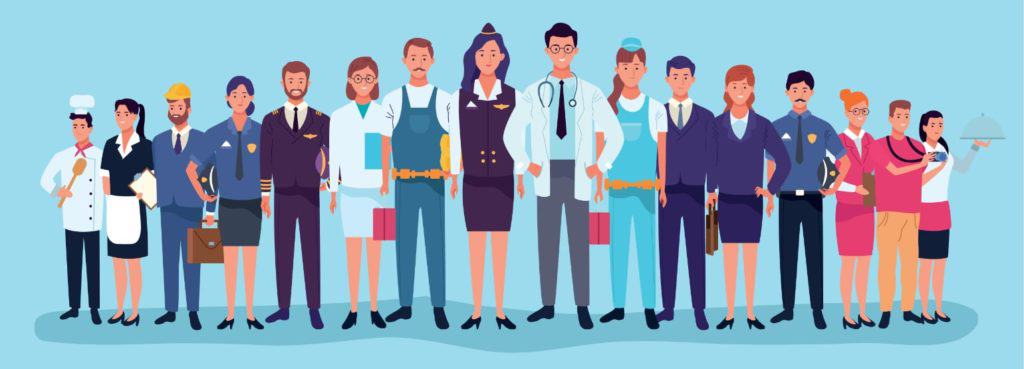
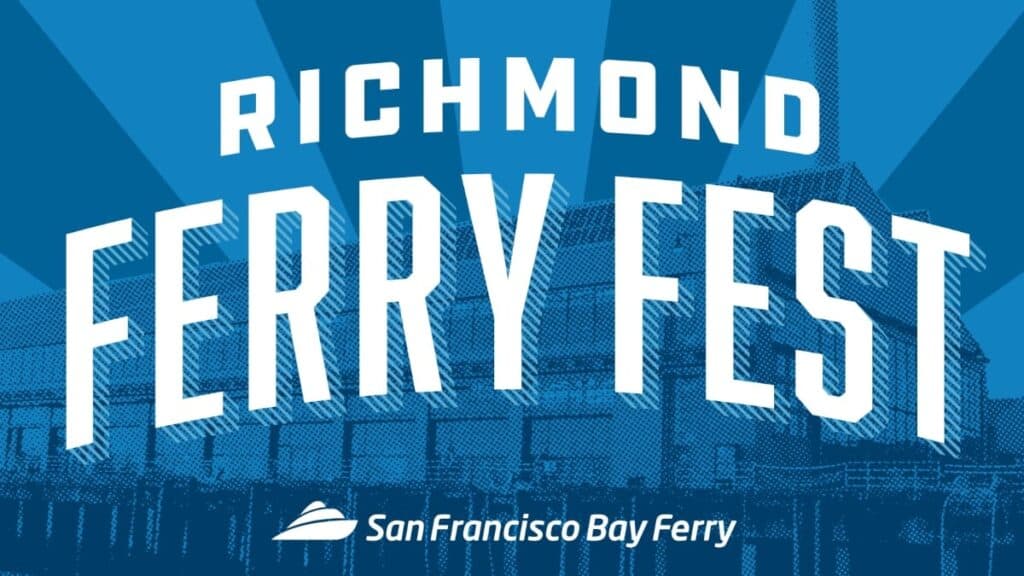
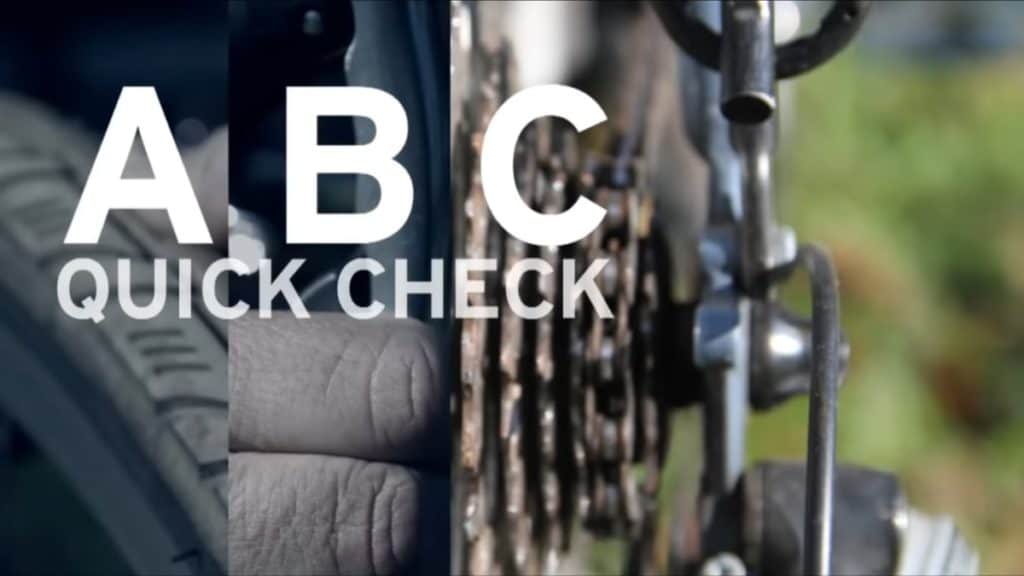


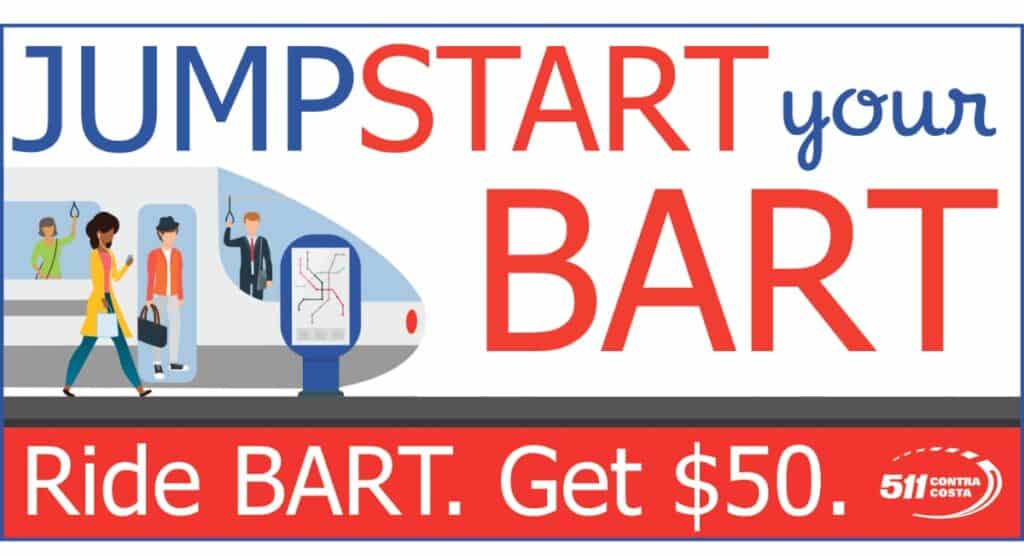

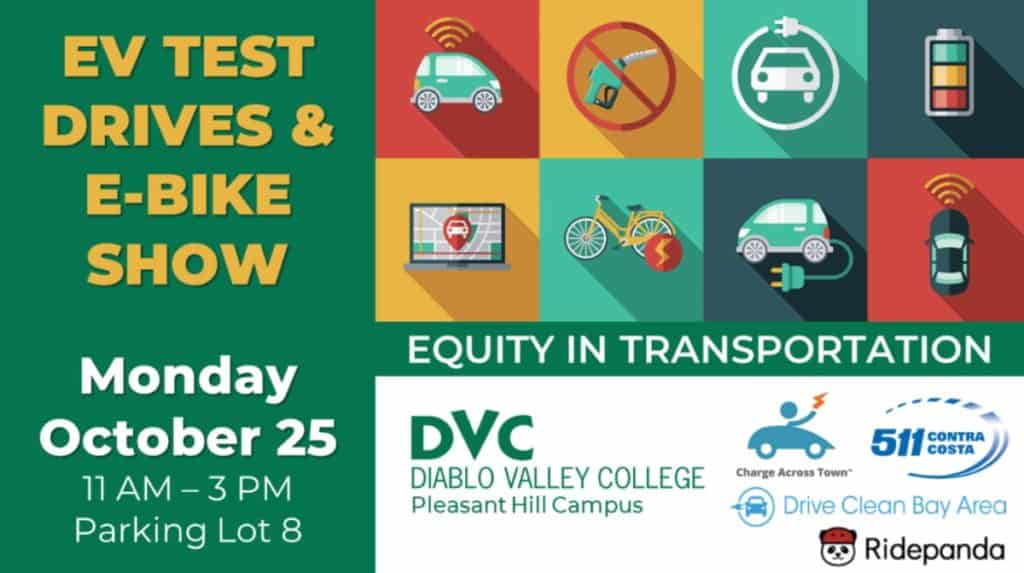

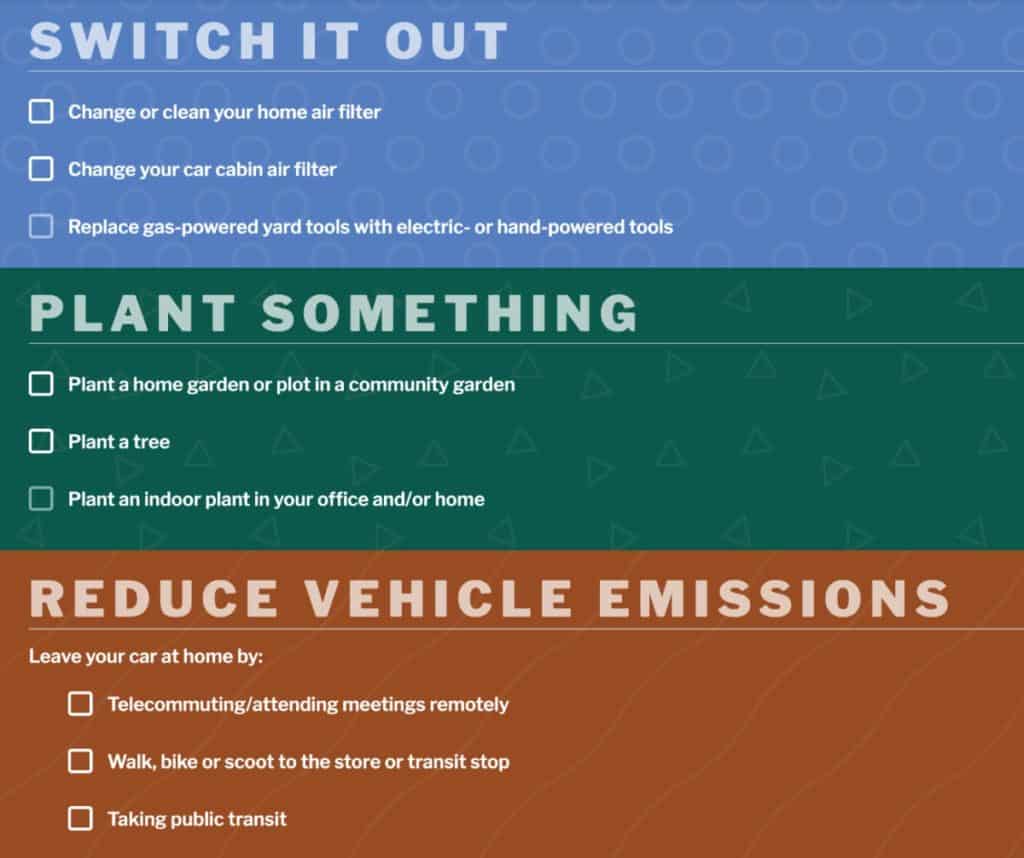
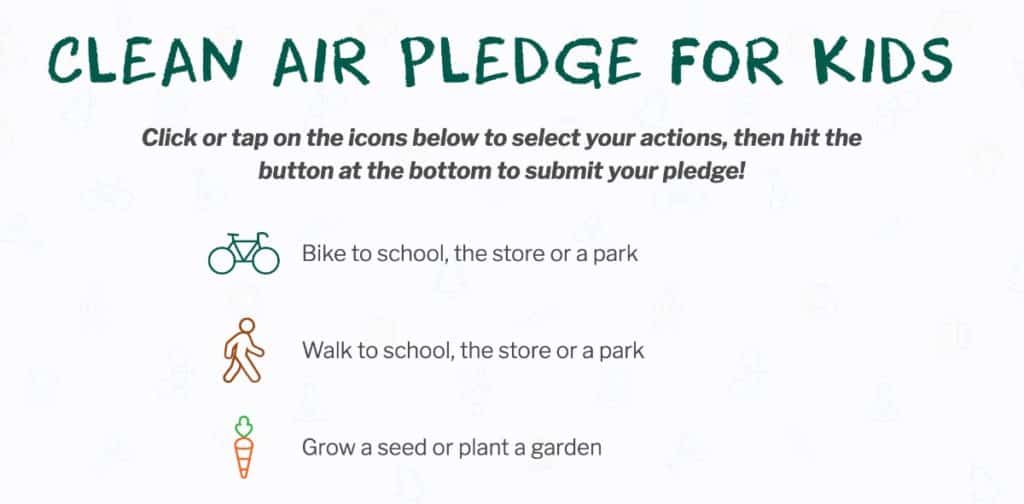
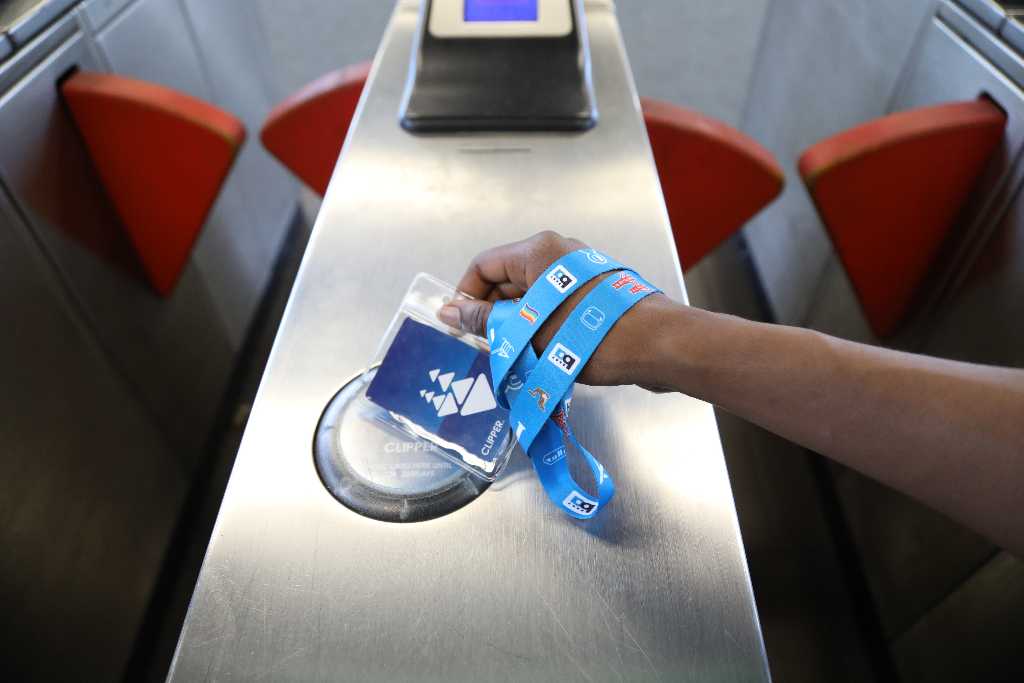
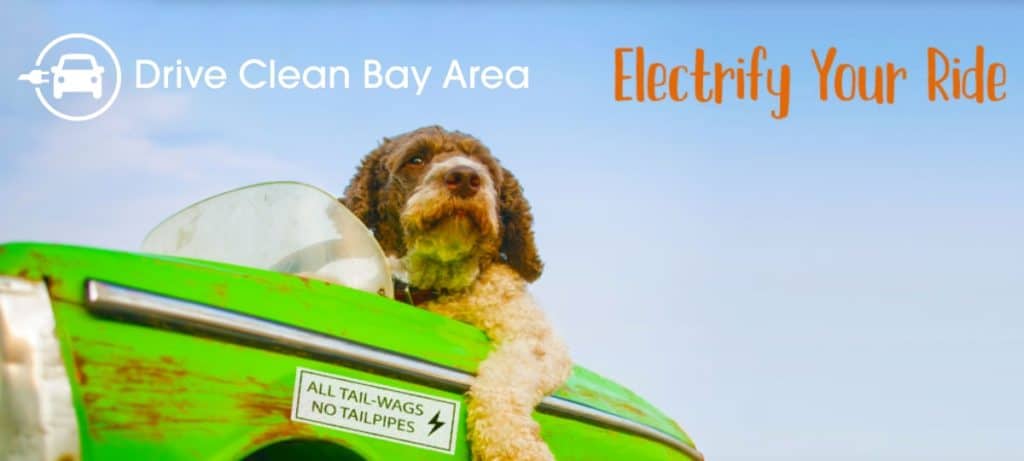
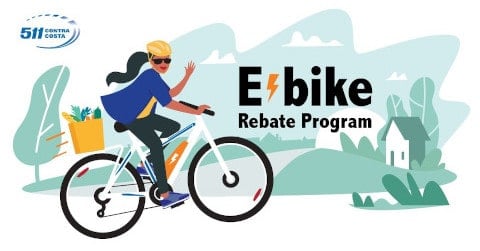

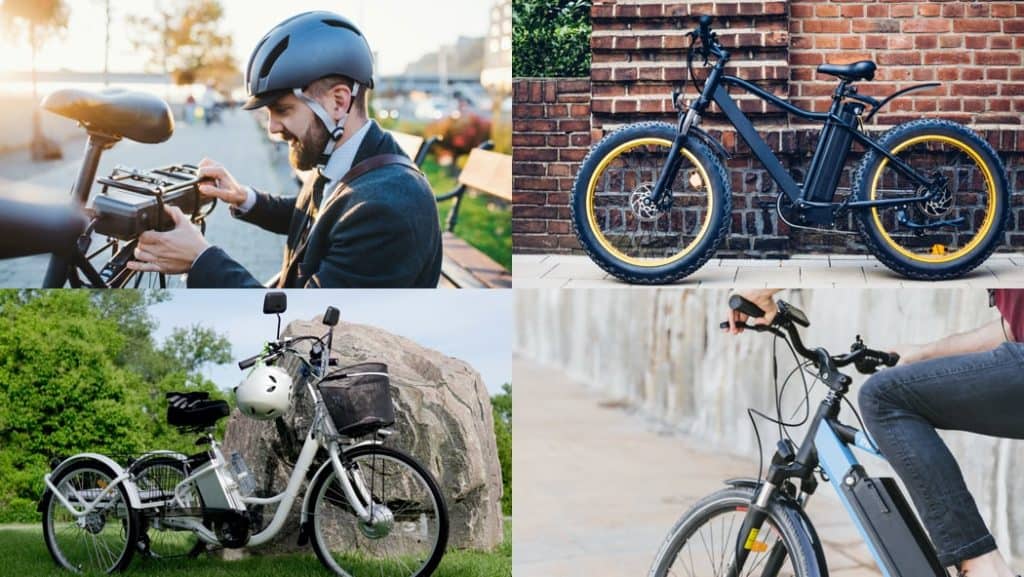
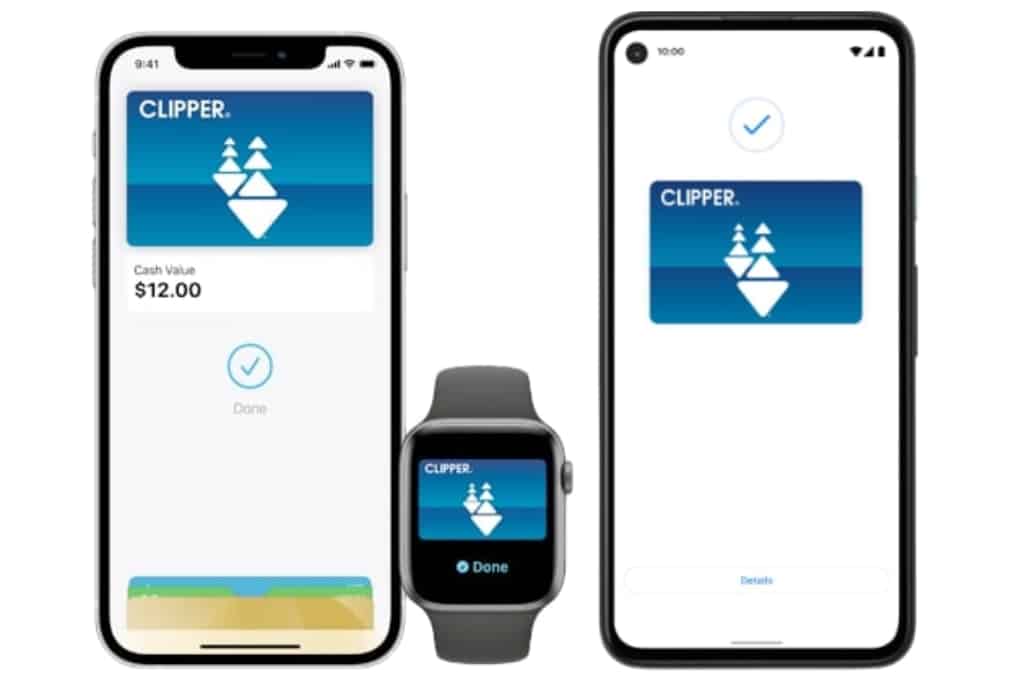
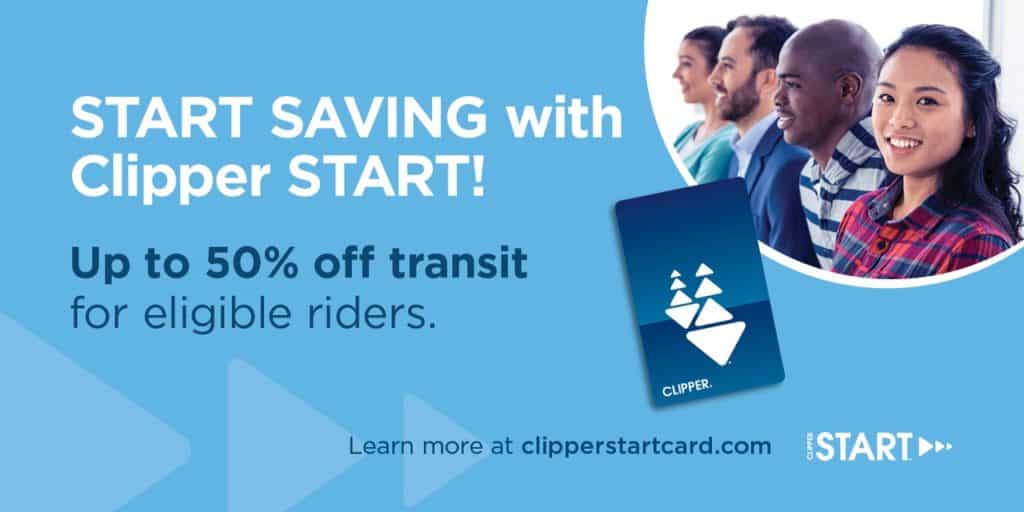

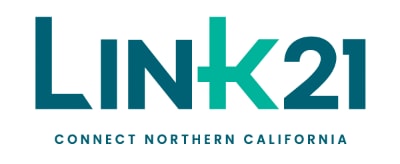



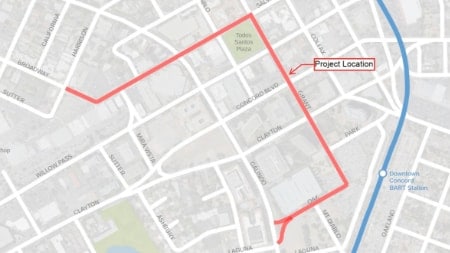

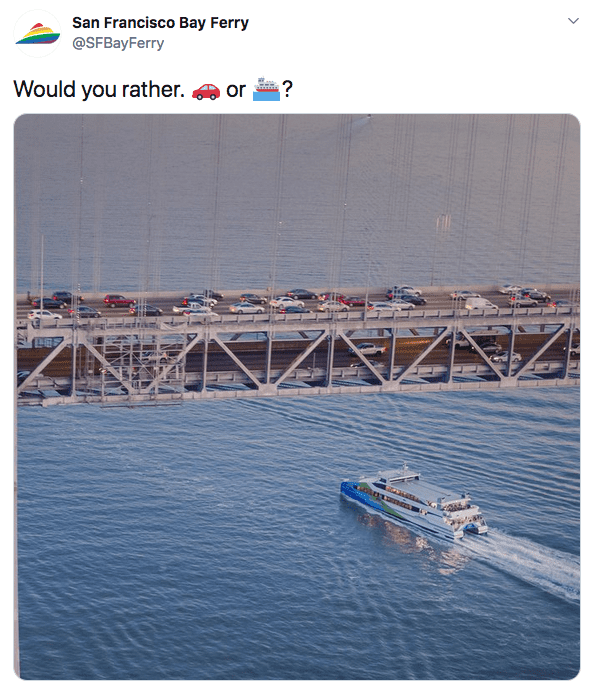
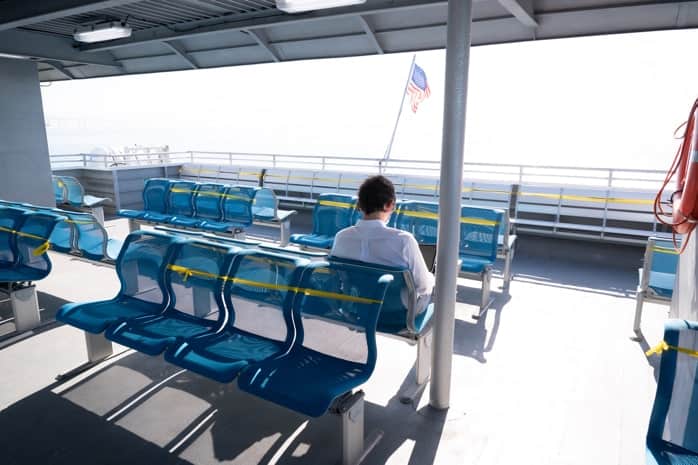
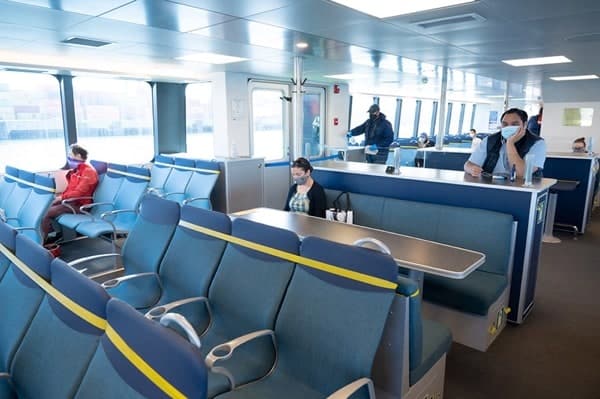

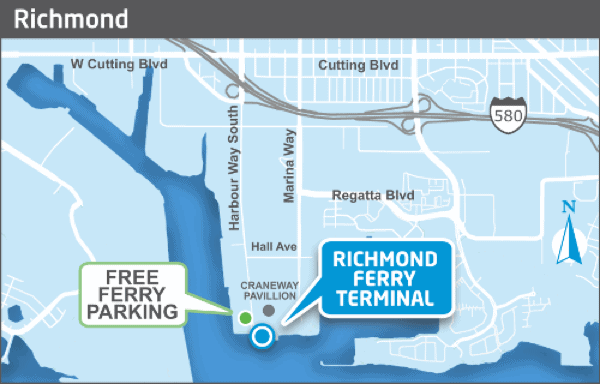


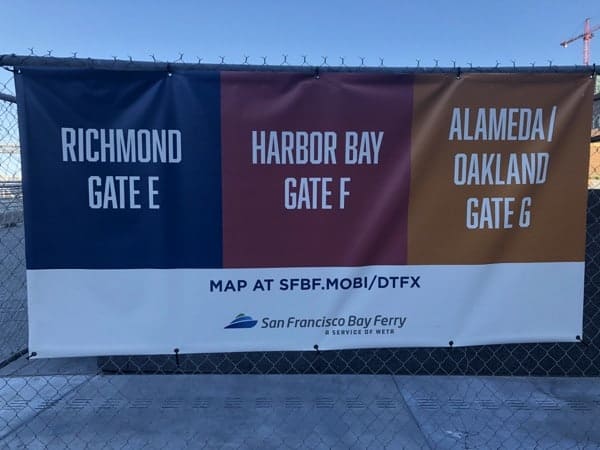
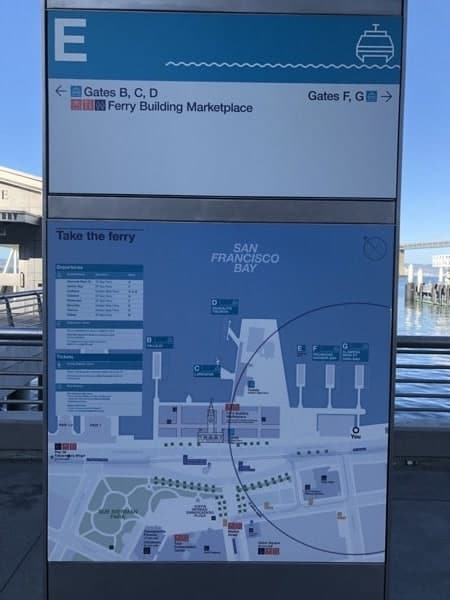
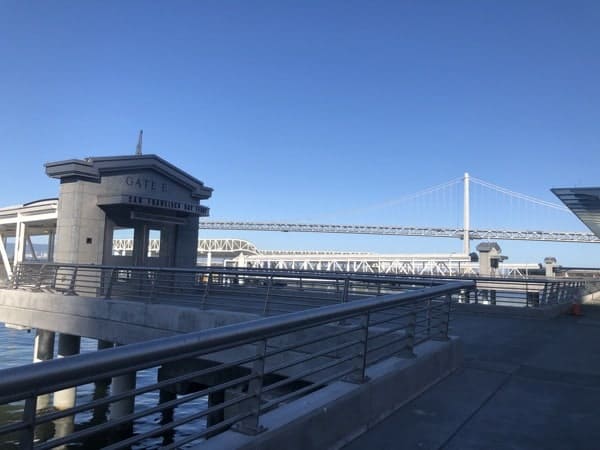


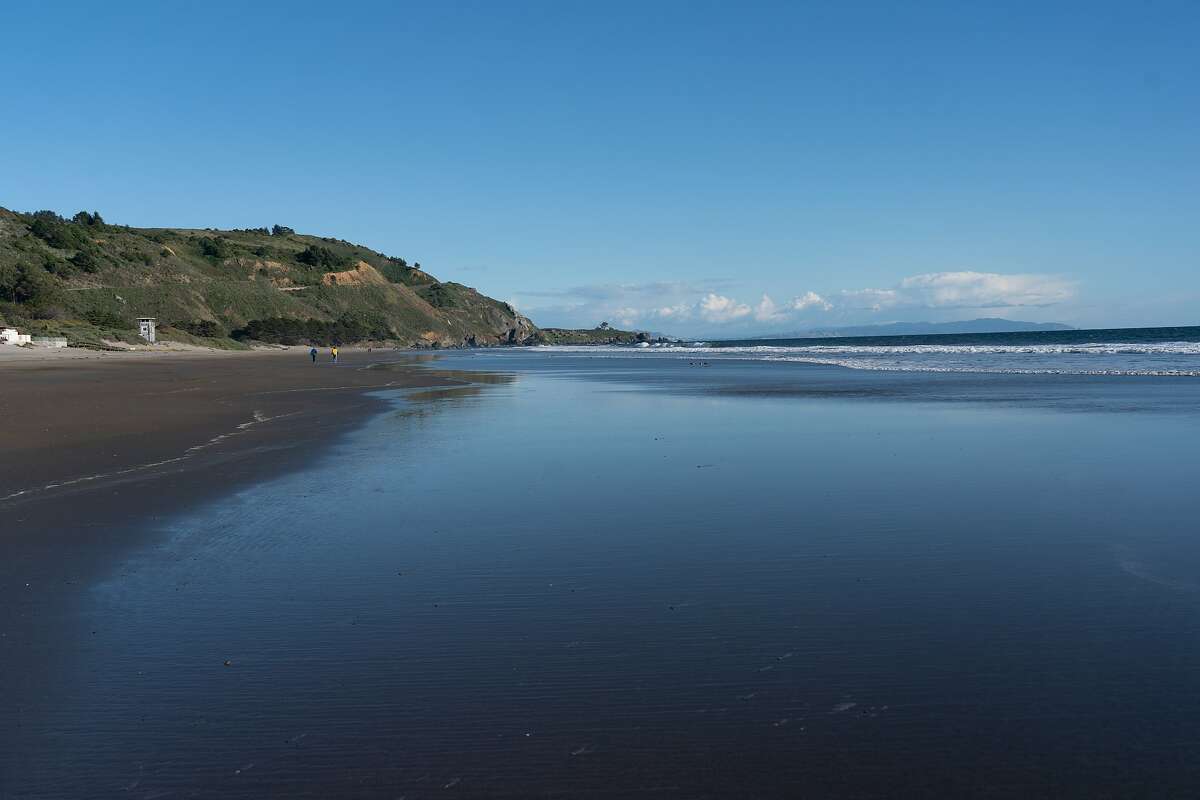
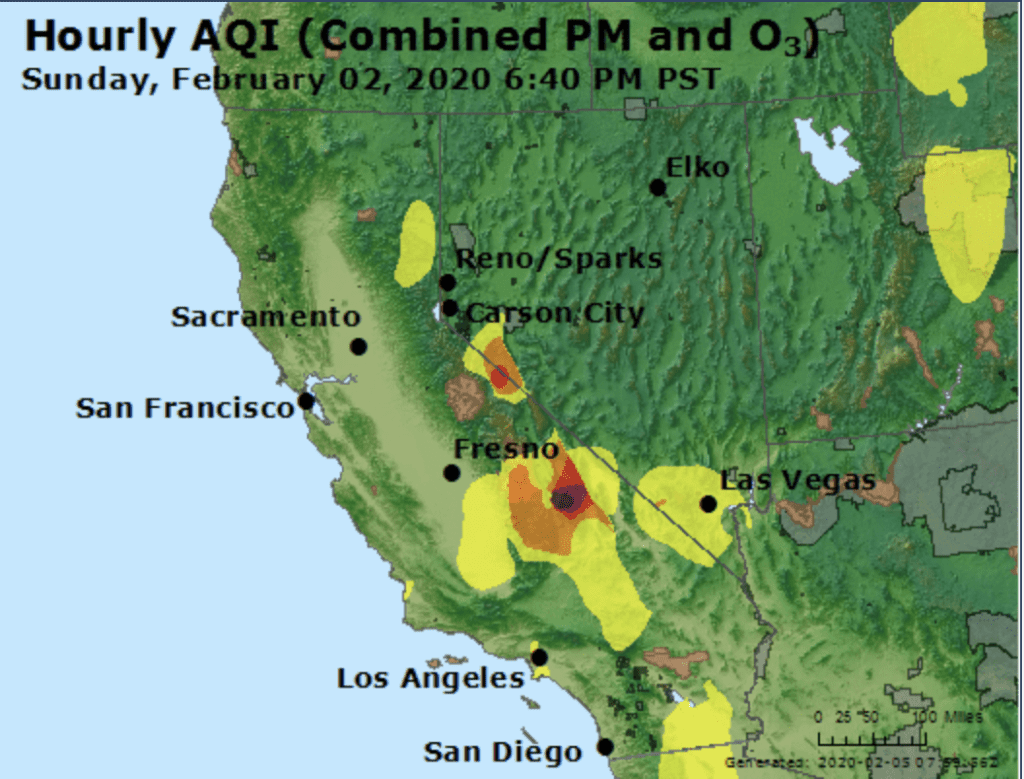
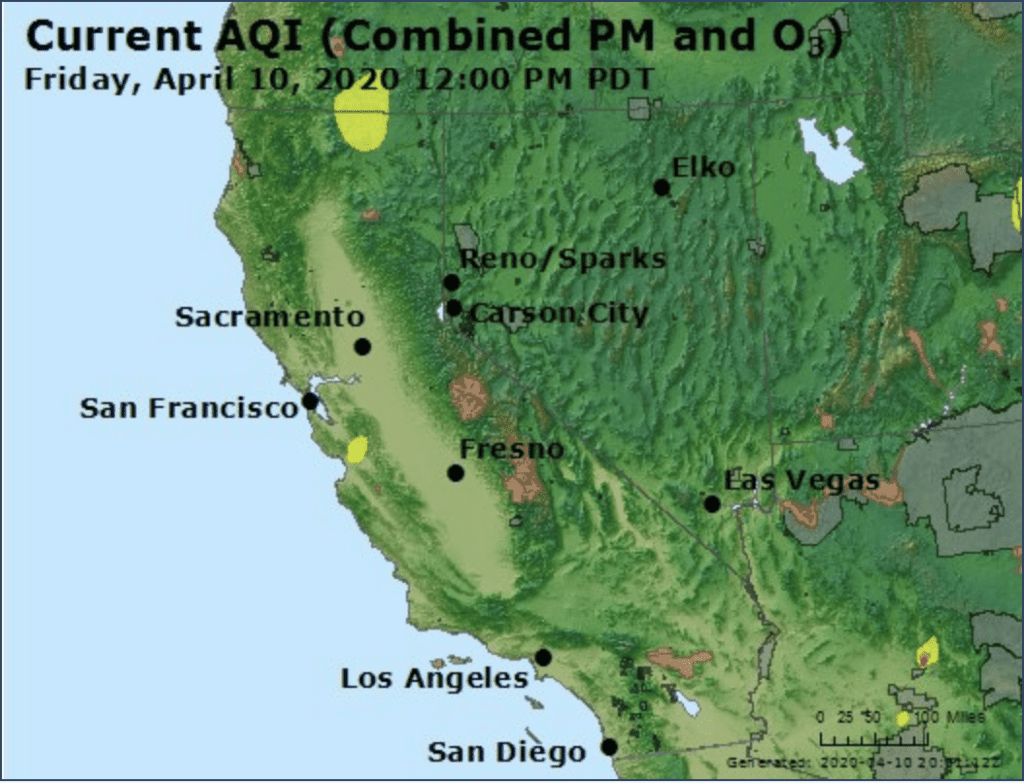


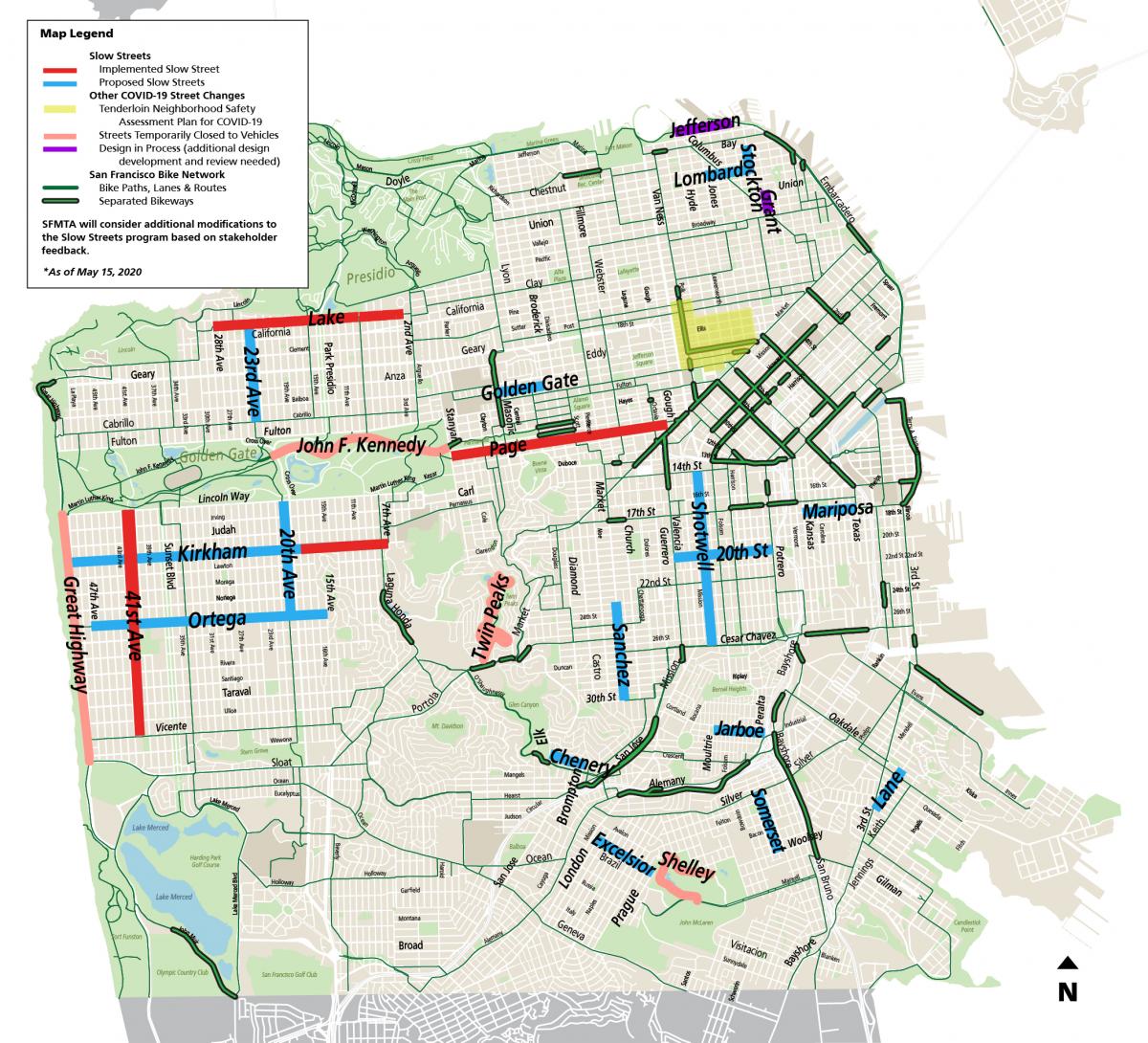
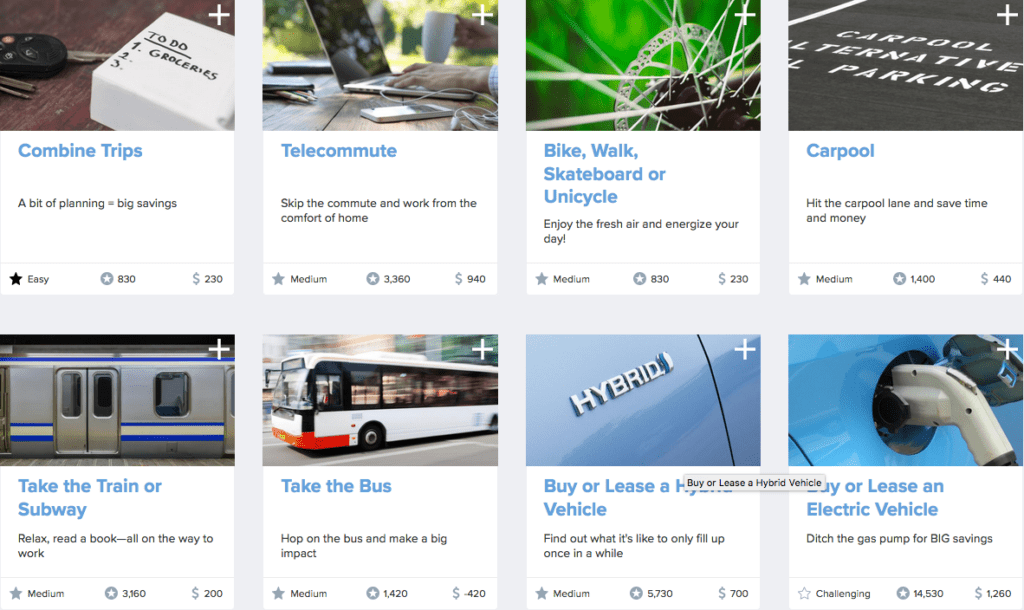
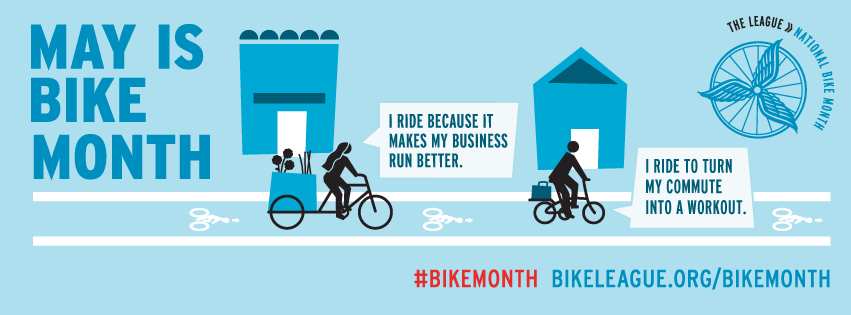
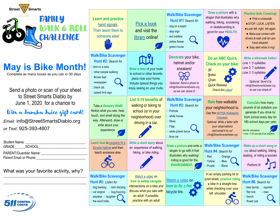





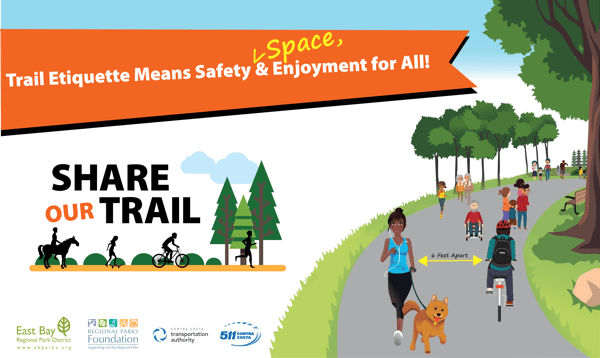




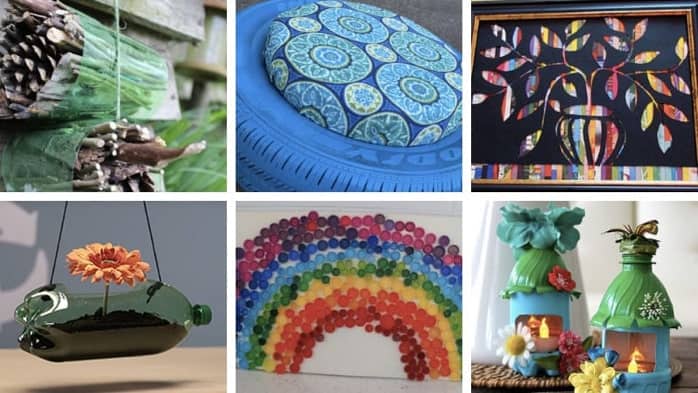



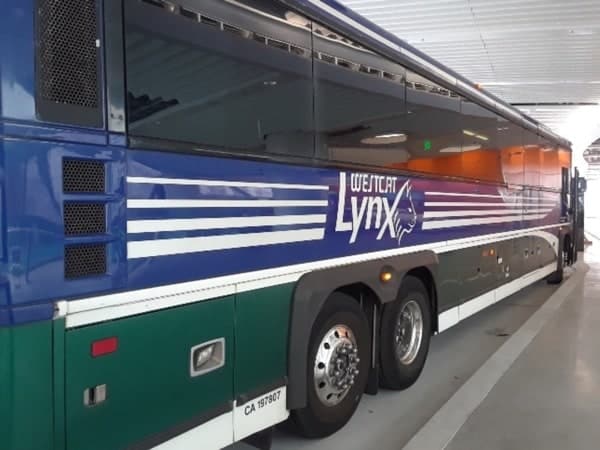
 Thanks to everyone who made this year’s Summer Bike Challenge a big success!
Thanks to everyone who made this year’s Summer Bike Challenge a big success!